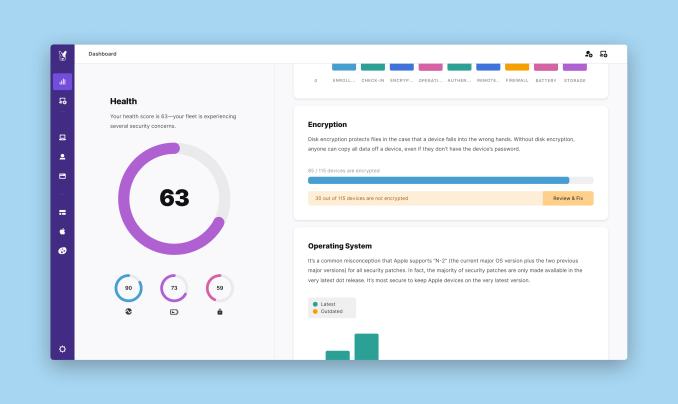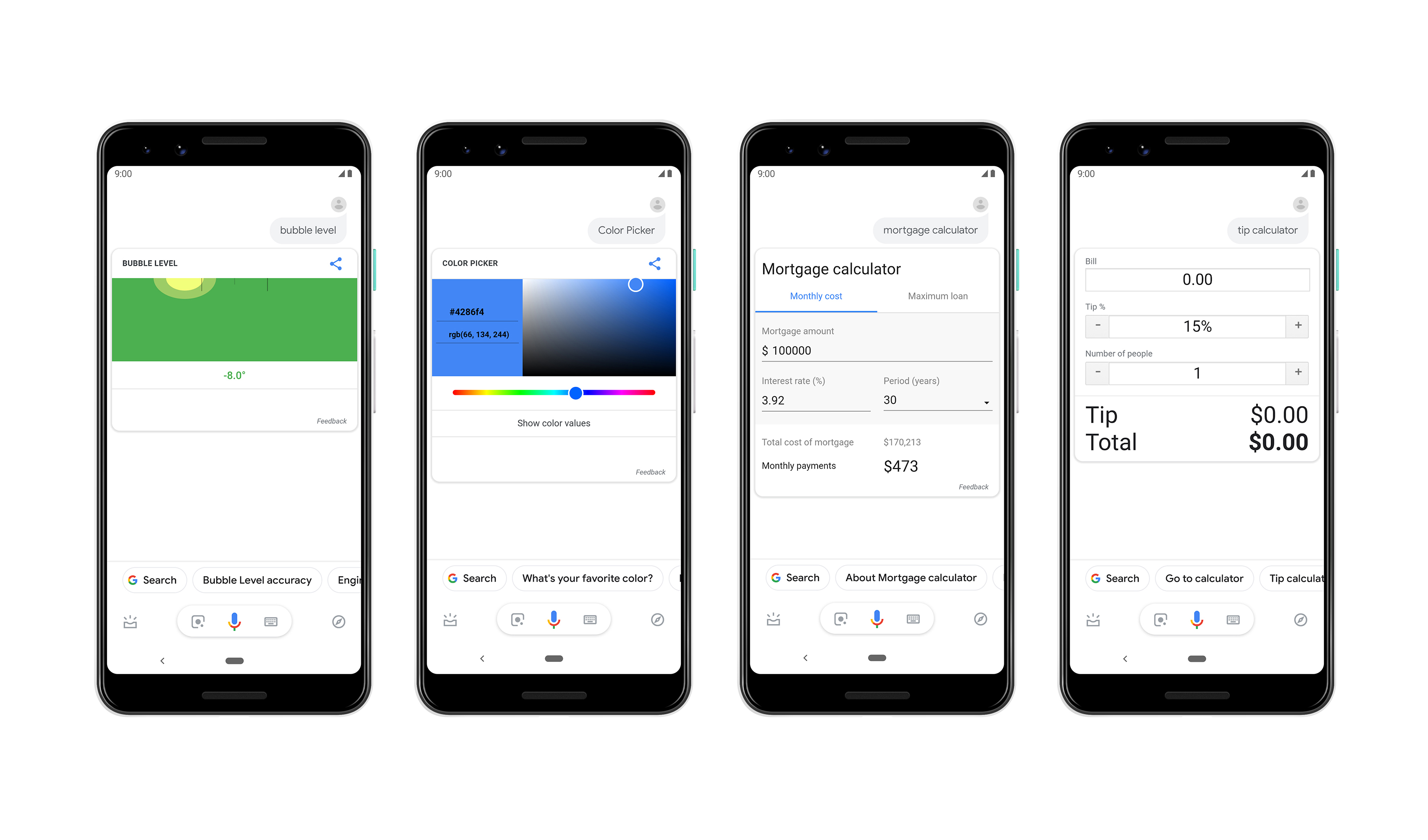Beats took its time getting untethered. The last addition to the Powerbeats line arrived in late 2016, right around the same time as the original AirPods. The product shared Apple’s W1 chip, further cementing its place as part of the company, with instant iOS syncing. But the products were once again yolked together with a cable.
A few weeks after the release of the second-generation AirPods, Beats finally unveiled the Powerbeats Pro, the company’s first fully wireless earbuds. Comparisons with Apple’s latest are inevitable. After all, Apple and Beats are one big happy family now, sharing technologies and working together in some capacity.
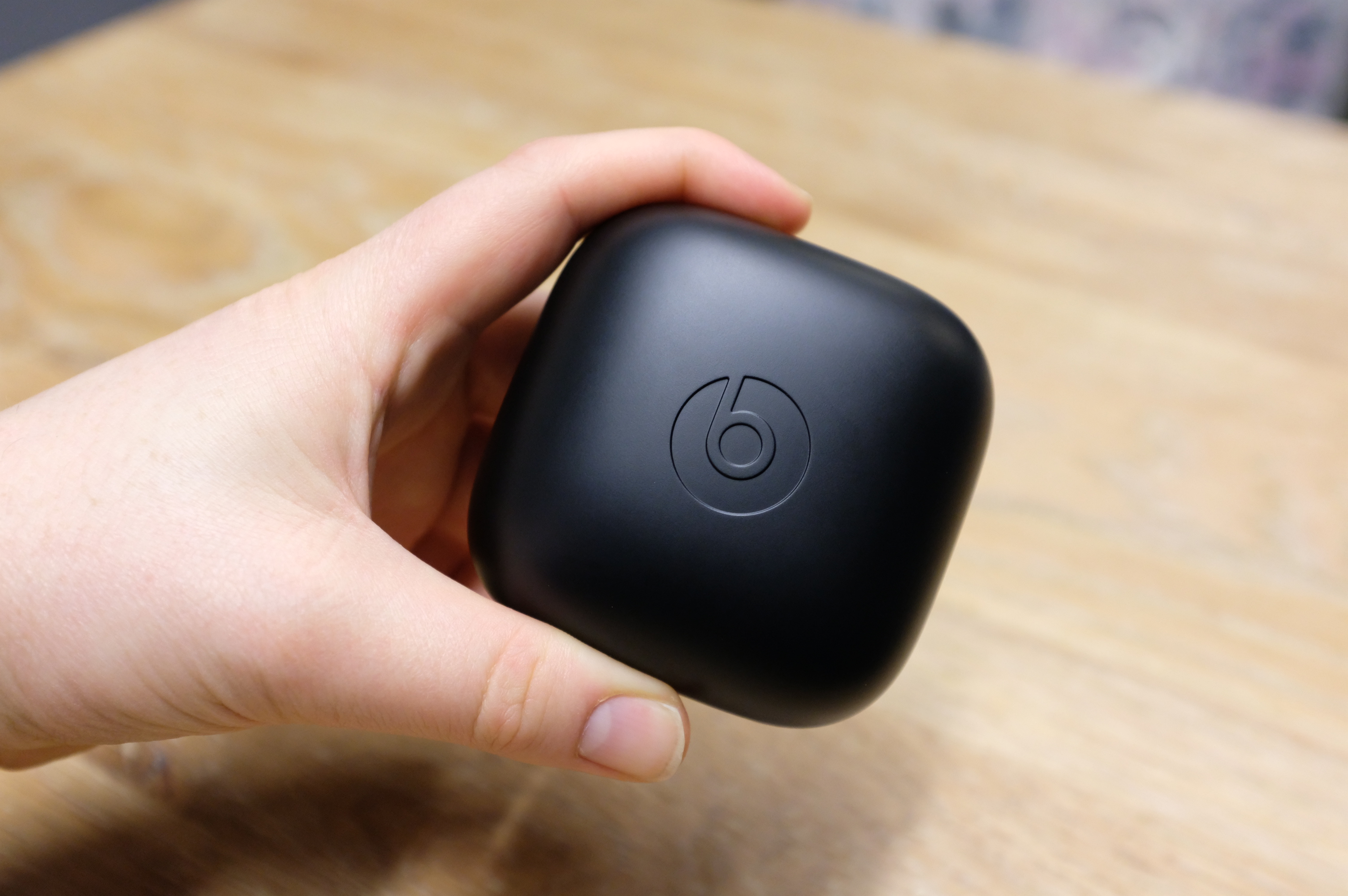
In many ways, however, Beats remains its own brand. Where the AirPods are a living testament to Apple’s minimalist “just works” approach to hardware, the Pros owe much of their design to the fact that Beats has long targeted athletes with its earbud line. I wouldn’t be too surprised to see promotional campaigns with the likes of LeBron James and Serena Williams sporting the Pros in the near future.
That target demo means that the new headphones have maintained the over the ear hooks found in earlier versions of the headphones. That’s either a good or bad thing, depending on what you’re looking for from a pair of buds. If you want something more minimal, Apple’s got a pair it will happily sell you.
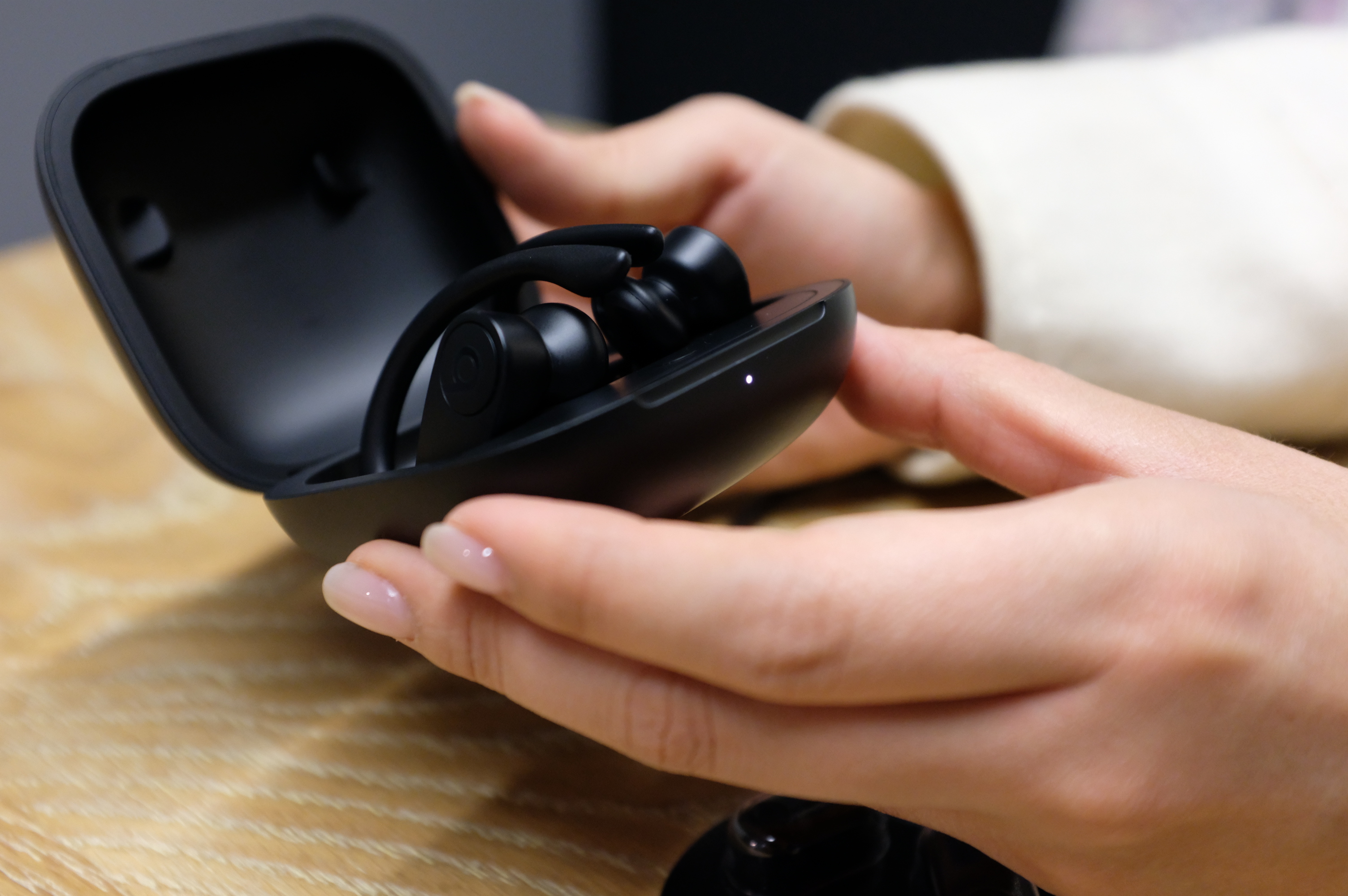
In spite of all of the added plastic, however, the Pros are quite comfortable, even with a pair of glasses on. That’s owed, in part, to the inclusion of swappable silicone tips. Those are coupled with an ergonomic design that fit nicely in my ear. I’ve never had an issue getting AirPods to fit, but their rigid plastic design means they just don’t fit certain ears. That’s going to be much less of an issue here.
The major downside of the form factor, however, is awkward size and shape. They’re fine when you’re wearing them, but the Pros require a large charging case for storage. Really, really large. Like, you’re probably not going to want to attempt to carry these around in your pants pocket large. The placement of the buds inside the case is also a bit awkward and takes some getting used to. It’s not like the AirPods, which neatly slip into place.
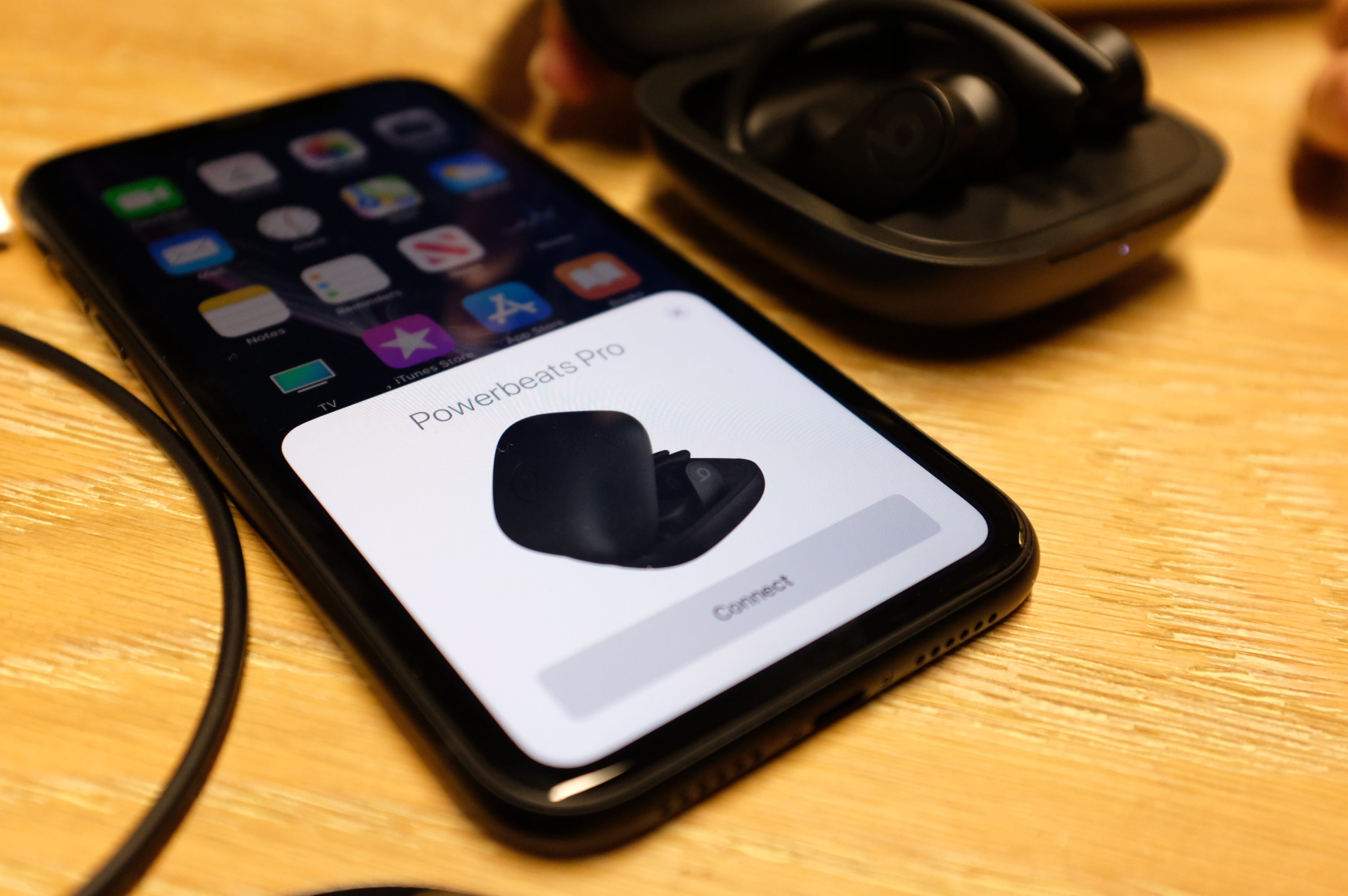
The good news, however, is that the stated battery life is ridiculously long here, at nine hours on the buds themselves and 24 hours when combined with the charging case. That means you likely won’t need to take the case with you when you go out for a run in the morning.
The Powerbeats Pro also sound quite good for a pair of Bluetooth earbuds. The company has spent the last several years working to shake the (deserved) notion that it overcompensates for sound shortcomings with amped up, distorted bass. That’s really a relic from its earlier days. Beats has made great strides to offer better sound, even in a smaller form factor.
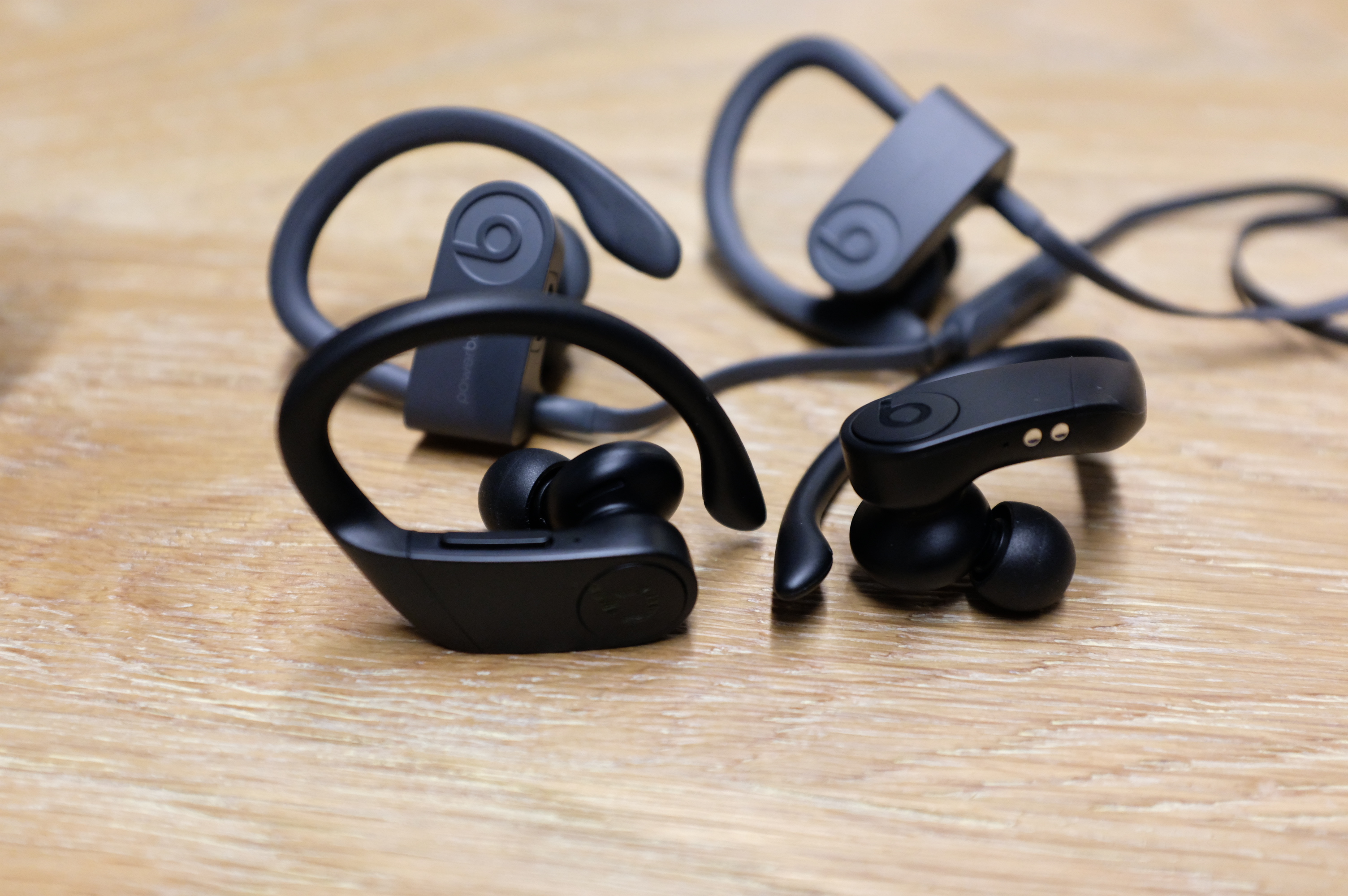
I sampled a fairly wide range of genres on the Pros, and was pretty impressed with what I heard. The instrument isolation is nice, and it sounds clear even with bass-heavy hip-hop and dance tracks.
Price may end up being a dealbreaker. At $250, they’re $50 more expensive than the latest AirPods and more than $100 more than the Galaxy Buds. That could end up being a tough pill to swallow.
The Powerbeats Pro are due out next months.

from Apple – TechCrunch https://ift.tt/2HYCHVO

